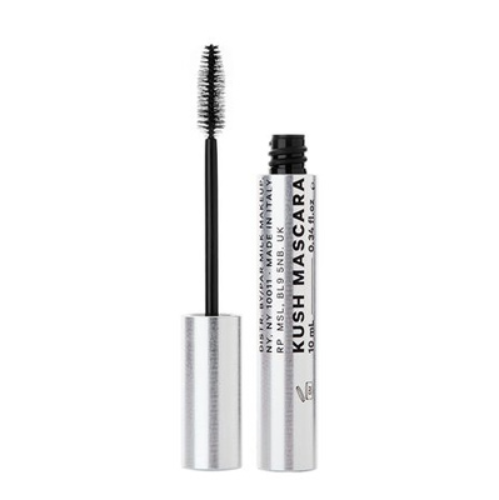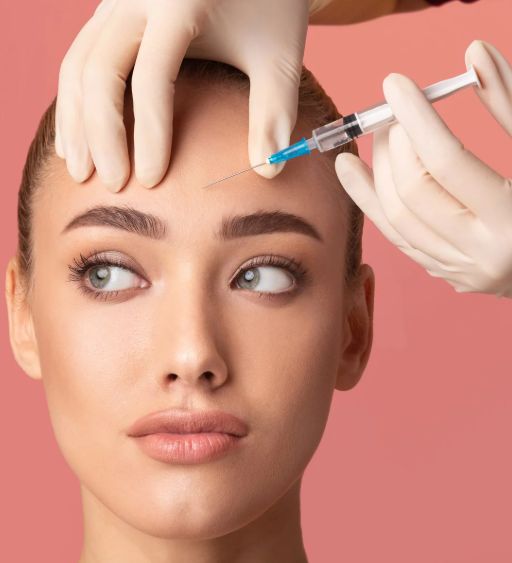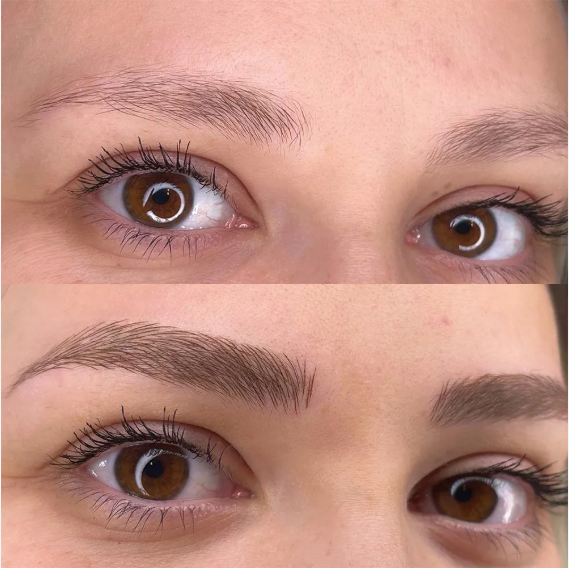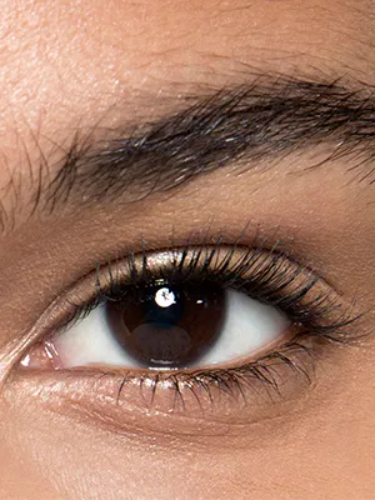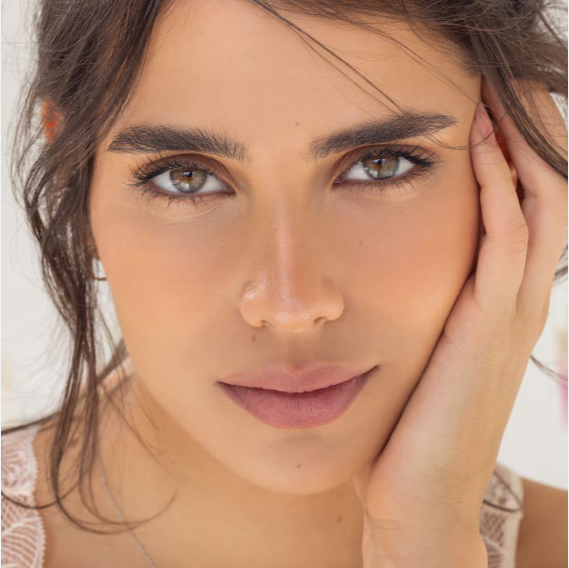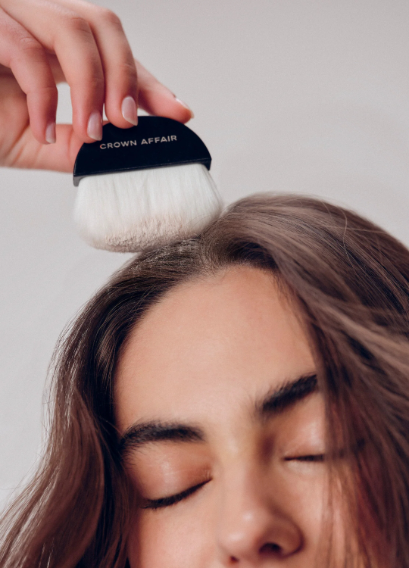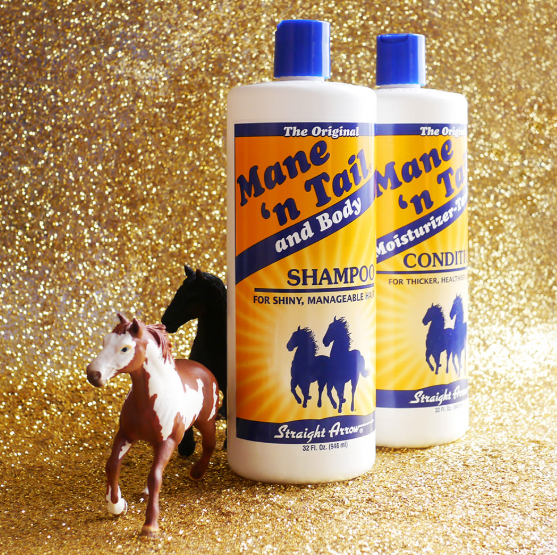Pregnancy brings a whirlwind of changes, and while many things are exciting, some require us to adjust our regular routines. One question that often pops up is whether it’s safe to get Botox while pregnant. Unfortunately, Botox isn’t a treatment you should consider while expecting. But if you’re curious about the reasons behind this, read on for all the details.
What Is Botox?
Botox is a popular cosmetic treatment that works by using botulinum toxin to temporarily paralyze muscles and smooth out wrinkles. It’s FDA-approved for treating issues like frown lines, crow’s feet, forehead wrinkles, and even conditions like excessive sweating and chronic headaches. Originally approved in the 1980s for medical uses, Botox is now widely used for aesthetic purposes.
Is Botox Safe During Pregnancy?
The short answer is no, Botox is not recommended during pregnancy. The lack of comprehensive research on its effects on pregnancy means doctors generally advise against it. While some animal studies suggest the botulinum toxin might not cross the placenta, these results don’t offer enough certainty to declare it safe for humans.
Because the effects of Botox on pregnancy are not well understood, it’s best to err on the side of caution and avoid it altogether. After all, when it comes to your pregnancy, it’s better to be safe than sorry.
Can Botox Cause Miscarriage?
Although there is no direct evidence linking Botox to miscarriage, the uncertainty surrounding its safety is why medical professionals recommend avoiding it. The cause of a miscarriage is often difficult to pinpoint, and no one wants to introduce potential risks during this delicate time, especially during the first trimester. As a precaution, Botox injections should be avoided to ensure the healthiest pregnancy possible.
When Should I Stop Getting Botox If I’m Pregnant?
If you’re planning to get pregnant, it’s advisable to stop Botox treatments before you start trying. If you find out you’re pregnant after having Botox, there’s no need to panic, but you should stop any further treatments immediately. In the rare event that you’ve already received Botox while pregnant, some studies suggest no major issues for the baby, but it’s always a good idea to consult your healthcare provider for peace of mind.
Pregnancy-Safe Alternatives to Botox
Although Botox is off-limits during pregnancy, you don’t have to give up on skincare completely. Here are some pregnancy-safe options to help keep your skin looking its best:
- Hydrate and Moisturize: Drink plenty of water and use pregnancy-safe moisturizers to keep your skin soft and hydrated. Regular exfoliation can also help smooth out fine lines.
- Get Plenty of Sleep: Rest is crucial during pregnancy, and adequate sleep can help you feel and look fresher.
- Facial Peels: Mild glycolic and lactic acid peels are safe during pregnancy and can rejuvenate your skin. Avoid any treatments that contain salicylic acid.
- Hyaluronic Acid: This naturally occurring molecule helps skin retain moisture, making it an excellent ingredient in serums and creams for tackling fine lines.
- Peptides: Look for skincare products containing peptides like Argireline, which helps relax the skin and reduce the appearance of wrinkles in a gentle way, similar to Botox but without the injections.
Final Thoughts
While Botox is an effective treatment when you’re not pregnant, it’s best to avoid it during this special time. Instead, consider safe alternatives like proper hydration, sleep, and gentle skincare treatments to keep your skin glowing. And remember, if you’re ever unsure about any treatments during pregnancy, it’s always a good idea to check with your doctor.
Your beauty shines through, especially during pregnancy, and taking care of yourself naturally can be just as rewarding as any cosmetic treatment.

